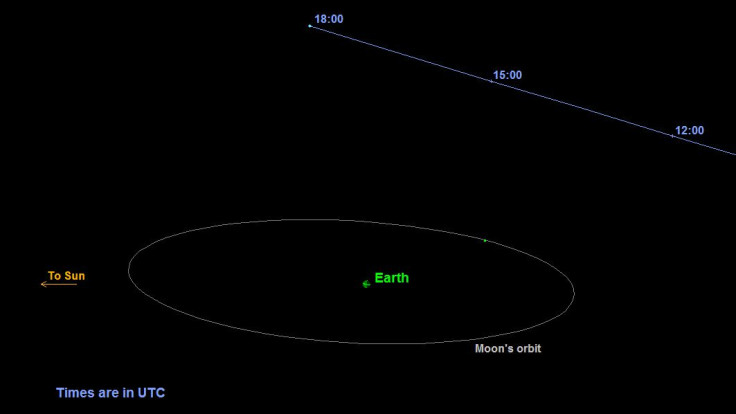Halloween Asteroid 2015 TB145 Update: 'Great Pumpkin' May Be Joined By The Northen Taurid Meteor Shower

The Halloween asteroid might not be the only treat in store for stargazers Saturday. The Northern Taurid meteor shower, a minor shower that often goes unrecognized, could put on a show this weekend, according to Universe Today. The Northern Taurids are known for streaking fireballs that will be easily visible from Earth.
The Northern Taurids could prove to be more trick than treat, though, based on their history. The Northern Taurids peak overnight on November 11, but are active now, according to the American Meteor Society. The bright waning gibbous moon will obscure the majority of meteors, but the Northern Taurids happen to be pretty bright. The meteors are also pretty, which helps improve chances to catch a few shooting stars. The best advice for stargazers: Be patient.
Universal Today seems optimistic about a 2015 Northern Taurids outburst reminiscent of the increased activity observed in 2005. "This year marks a 'swarm' or a rate increase of visible meteors, which are fragments of Comet Encke, a three-mile-wide chunk of ice and rock that circles the sun every 3.3 years. These fragments can be fairly large, which explains why they produce such bright meteors," NASA wrote as part of its Reddit AMA. The meteors appear to originate from the constellation Taurus, which is just above Orion in the night sky. NASA recommends looking for Northern Taurids around midnight.
We've got a 1st look at #Spooky from our telescope in Chile. Join us Saturday for its close approach! #SpookyWeek pic.twitter.com/BAlju3d6cz
— SLOOH (@Slooh) October 29, 2015The weekend's main event takes place Saturday, but the best time to observe asteroid 2015 TB145 is Friday, EarthSky reported. A telescope is necessary to view the "Great Pumpkin." EarthSky recommends trying to track the asteroid after midnight and into the pre-dawn hours on Saturday. The asteroid is travelling across Orion, but would-be observers will need at least an 8" telescope along with a 17mm eyepiece.
NASA and the European Space Agency both confirm the asteroid will not hit Earth during its close approach. Asteroid 2015 TB145 is expected to make its close flyby of 310,000 miles at 1:01 p.m. EDT., according to NASA. Radio telescope will ping the asteroid to develop radar images of the mysterious object.
"The fact that such a large near-Earth object (NEO), capable of doing significant damage if it were to strike our planet, was discovered only 21 days before closest approach demonstrates the necessity for keeping daily watch of the night sky,” says Detlef Koschny, from ESA’s Space Situational Awareness office," said in a statement.
© Copyright IBTimes 2024. All rights reserved.





















